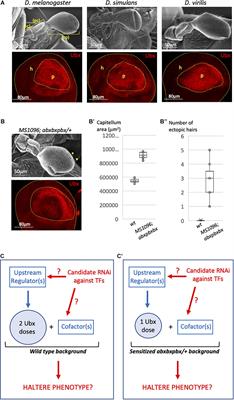EDITORIAL
Published on 01 Sep 2022
Editorial: Mechanisms of hox-driven patterning and morphogenesis
doi 10.3389/fcell.2022.992341
- 1,191 views
9,861
Total downloads
57k
Total views and downloads
You will be redirected to our submission process.
EDITORIAL
Published on 01 Sep 2022
REVIEW
Published on 13 May 2022
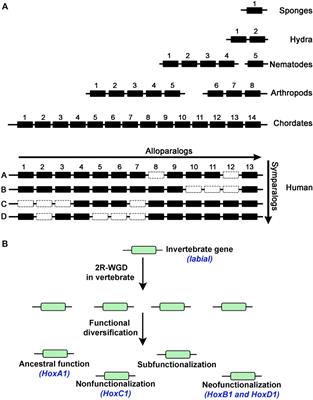
ORIGINAL RESEARCH
Published on 26 Apr 2022
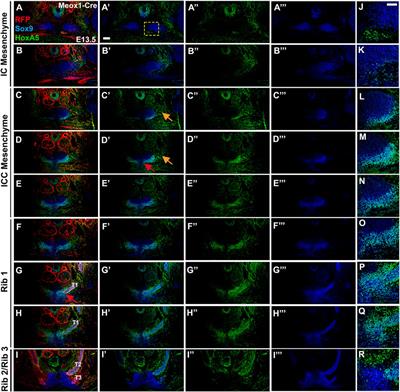
ORIGINAL RESEARCH
Published on 31 Jan 2022
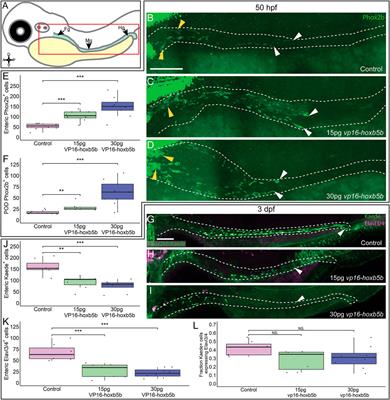
REVIEW
Published on 07 Jan 2022
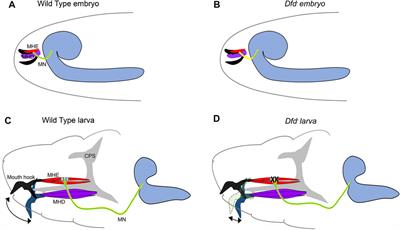
ORIGINAL RESEARCH
Published on 26 Nov 2021
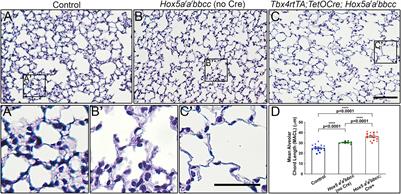
REVIEW
Published on 16 Nov 2021
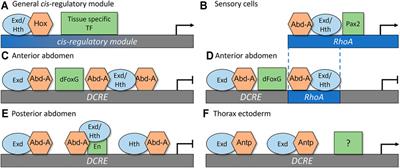
REVIEW
Published on 18 Oct 2021
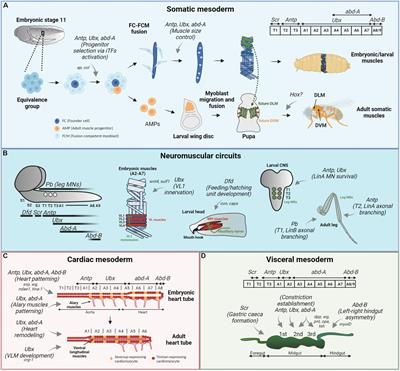
REVIEW
Published on 11 Aug 2021
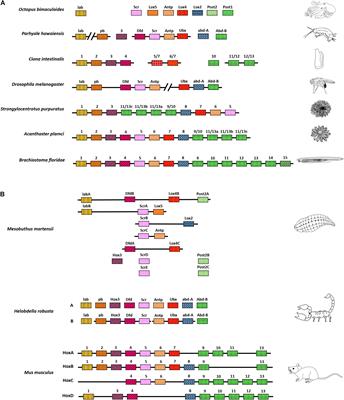
REVIEW
Published on 05 Aug 2021
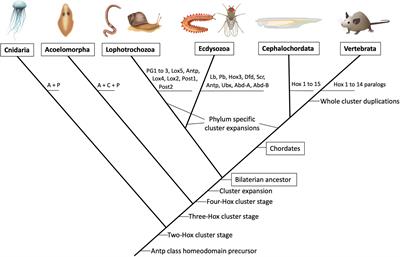
BRIEF RESEARCH REPORT
Published on 23 Jul 2021
